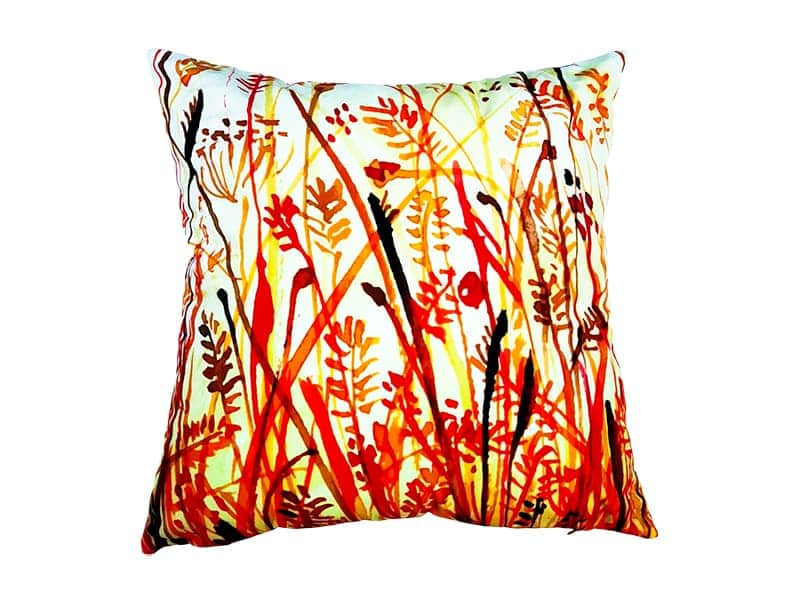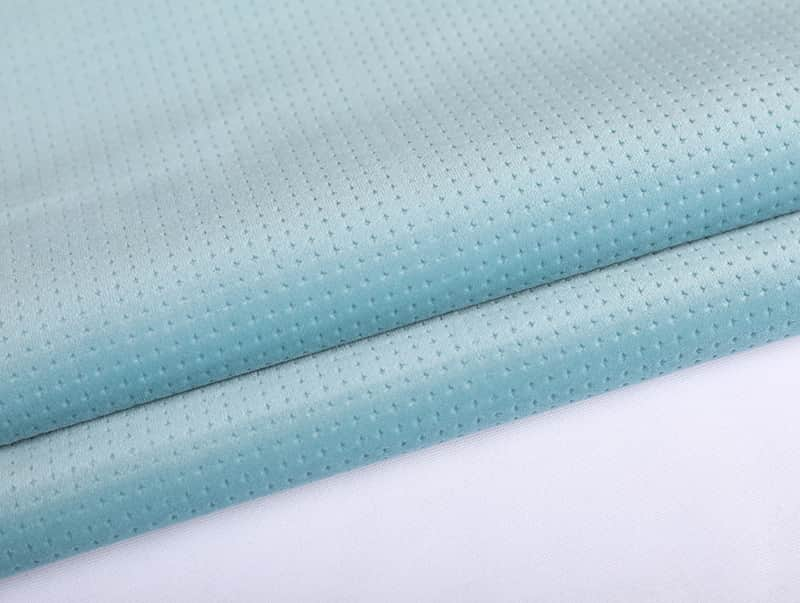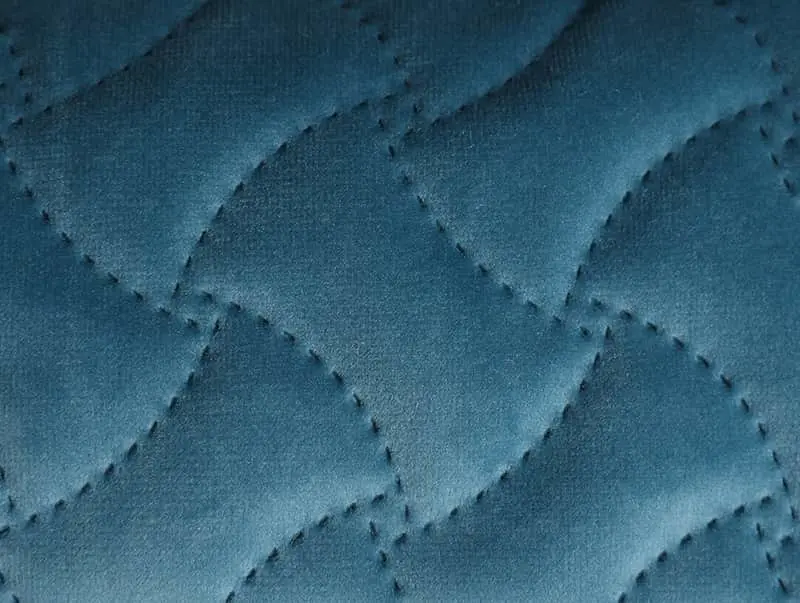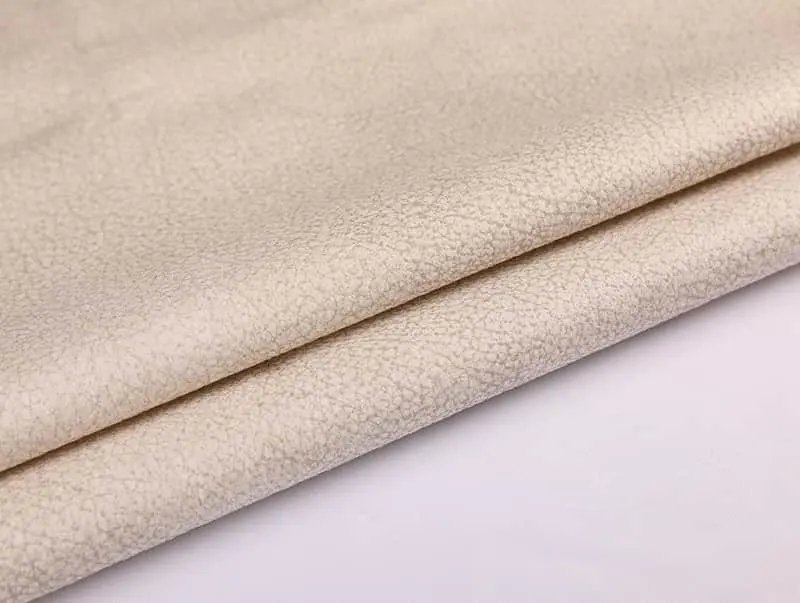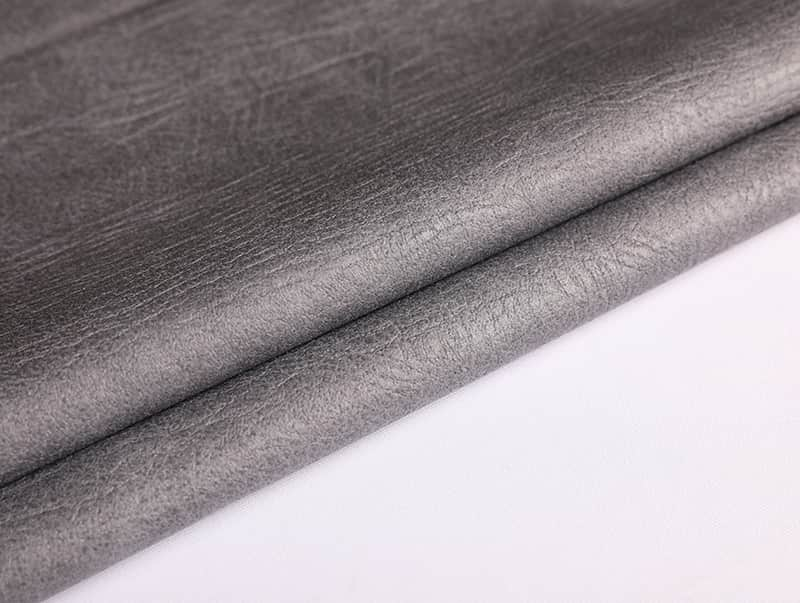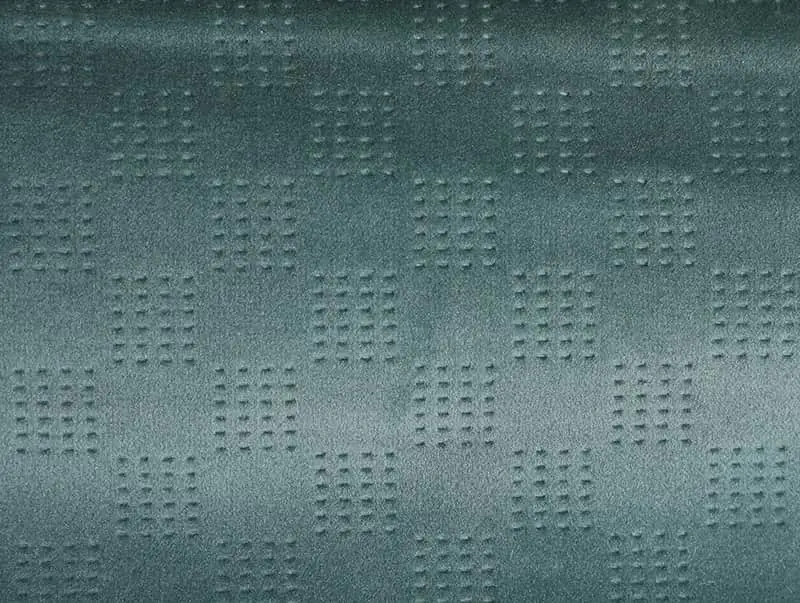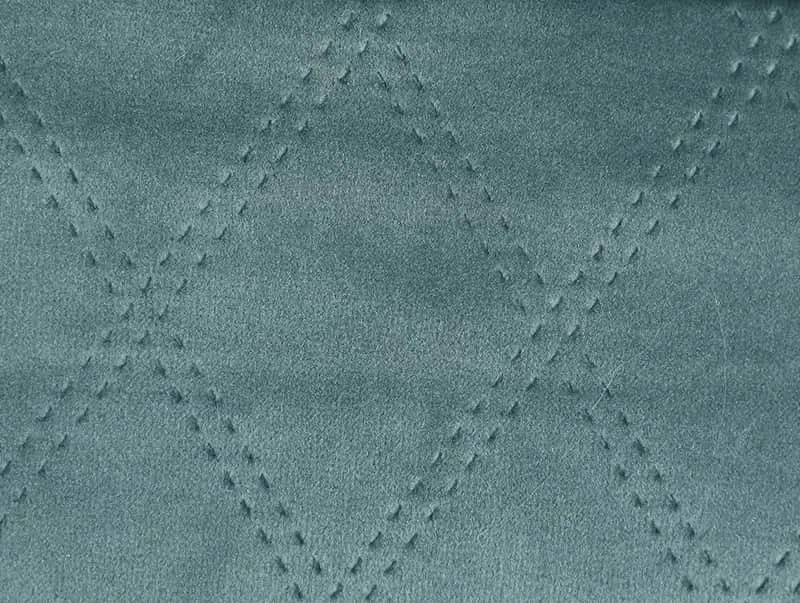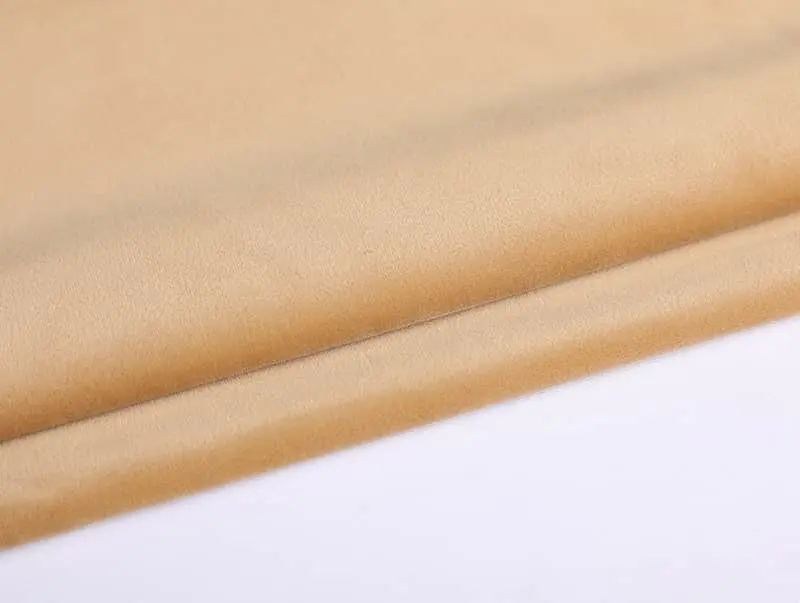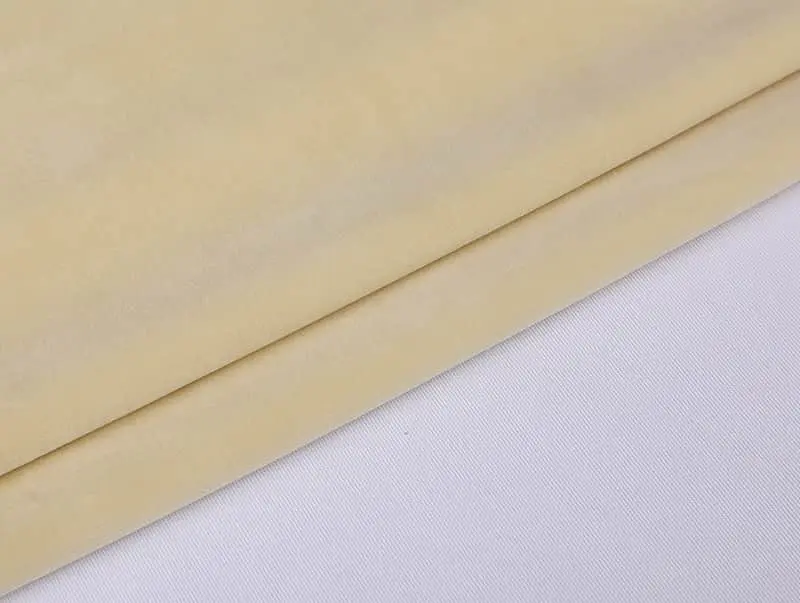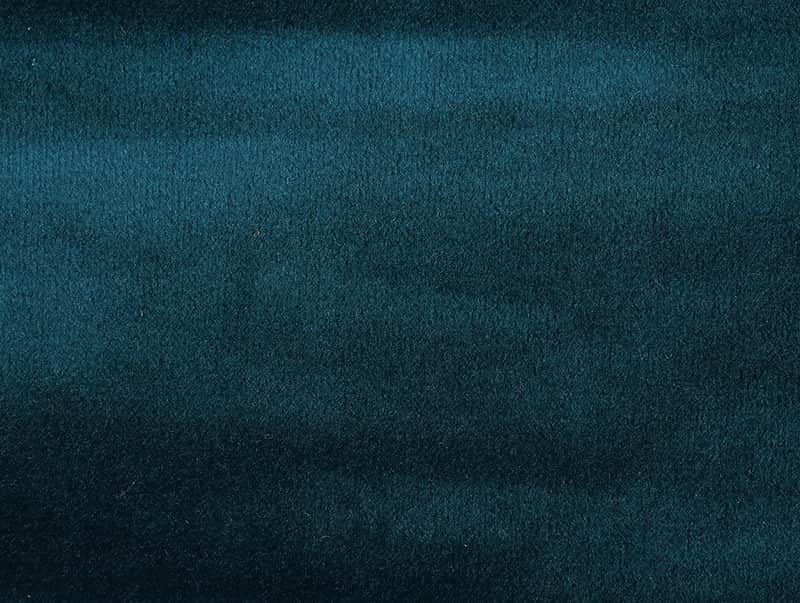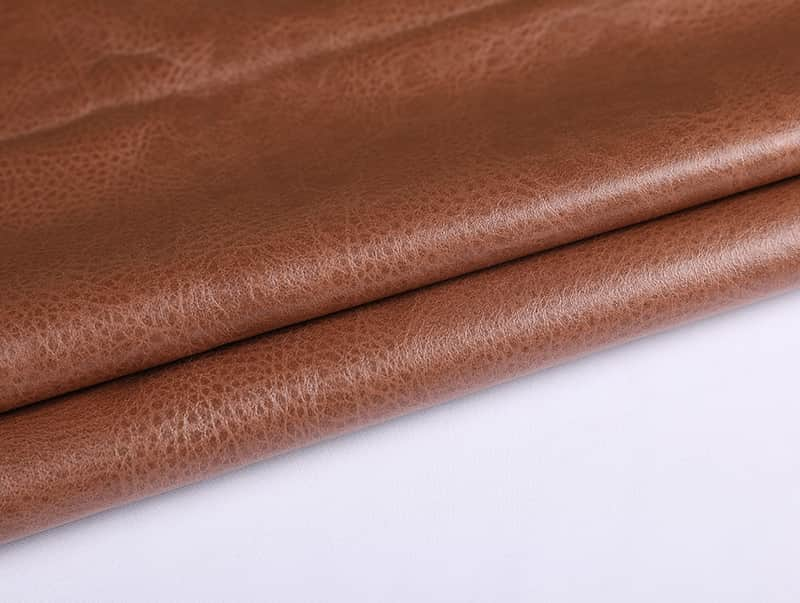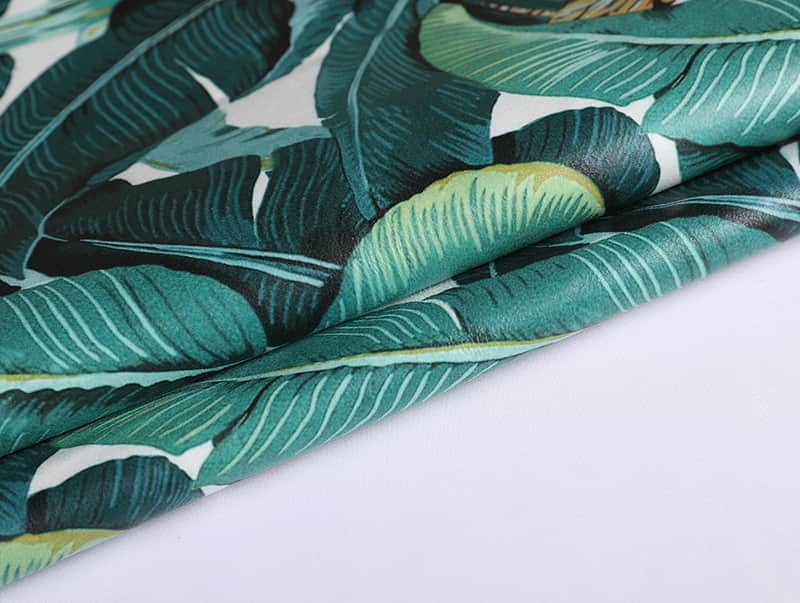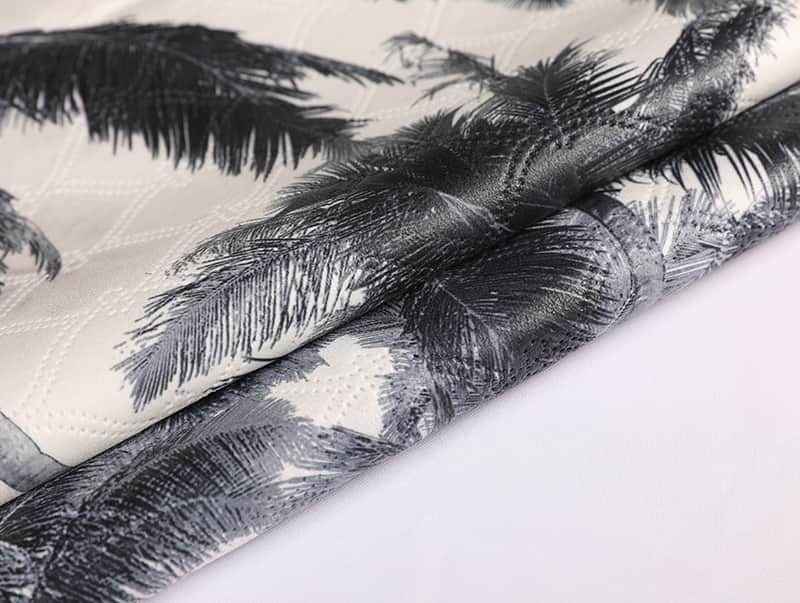Many people know that chemical fibers use natural cellulose or composed polymers as materials. The general term for fibers made by chemical treatment and mechanical processing can be divided into cellulose fibers and cellulose fibers according to the source of materials and processing methods. There are two major types of fibers. What are the characteristics of these two categories?
Cellulose fiber
PV fleece manufacturers have discovered that cellulose fiber is also called man-made fiber. It uses cellulose-containing agricultural and forestry by-products in nature, such as wood, cotton liners, bagasse, reeds, etc., as the main materials, which are processed by chemical methods and then processed by machinery. Made of fiber. The main varieties are viscose fiber, acetate fiber, Cupra fiber, etc. The main products currently produced are viscose fiber. Viscose fiber is divided into cotton short fiber, wool short fiber, and viscose filament.
The composition fiber
Constituent fiber is the general term for chemical fiber made by processing the constituent polymer compound as the material. That is, the fiber is made by using petroleum, natural gas, coal, etc. as the main materials, using organic composition to make monomers, and then spinning after polymerization. According to the material, it is divided into polypropylene, chlorin, acrylic, polyester, nylon, nylon, polyethylene, spandex, and so on. According to the fiber shape, it is divided into the short fiber, filament, heald, and others.
1. Polypropylene fiber: It is a component fiber made of isotactic polypropylene. It is a fiber that has a small proportion of textile fibers and can float on water. It can be purely spun or blended with cotton, wool, and other fibers to make fabrics for clothing, window cloth, furniture cloth, and also for socks, industrial filter cloth, and insulation materials. Non-wovens, etc.
2. Chlorine fiber: a component fiber made of polyvinyl chloride as the main material. It has the properties of chemical resistance, abrasion resistance, flame resistance, light resistance, heat insulation, sound insulation, etc. It can treat rheumatoid arthritis when made into underwear and is suitable for making industrial filter cloth, cotton wool, flame-resistant clothing, fishing nets, curtains, etc.
3. Acrylic fiber: a fiber made of acrylic as the main material (containing more than 85% acrylonitrile). The function is similar to wool, soft, warm, rot-resistant, and non-worm-eaten. It can be spun purely or blended with wool and other fibers to produce textiles or other craft products.
4. Polyester fiber: a fiber composed of polyethylene terephthalate and ethylene glycol ester (polyester for short).
5. Vinylon fiber: a composite fiber made of polyvinyl alcohol as the main material. This kind of fiber has the same water absorption properties as cotton fiber. It is a kind of high water absorption among the constituent fibers but has poor heat resistance. It is suitable for making clothing and home textiles, tarpaulins, hoses, ropes, etc.
6. Nylon fiber: is the general term for polyamide fiber. There are many varieties of this kind of fiber, the main varieties are nylon 66 and nylon 6, which are composed of nylon 66 salt and polyhydantoin as the main materials. Its abrasion resistance is extremely high and its resilience is very good. It is ly used to make socks, underwear, and other articles. It can also be used to produce tire cords, parachutes, insulating materials, fishing nets, carpets, etc.
